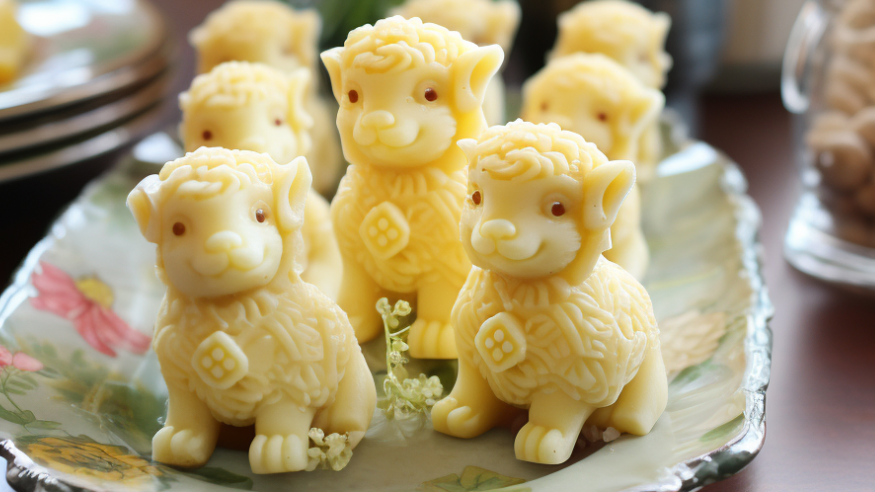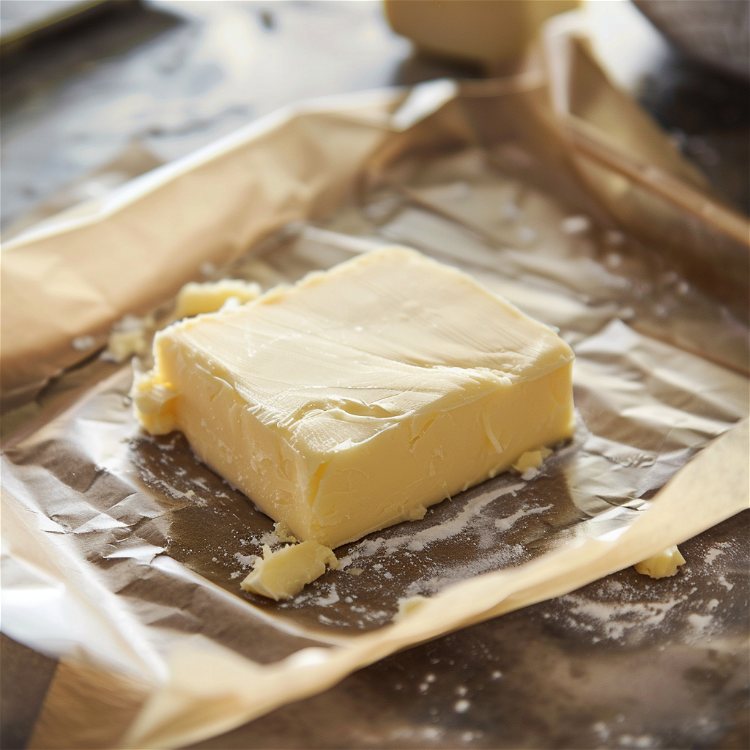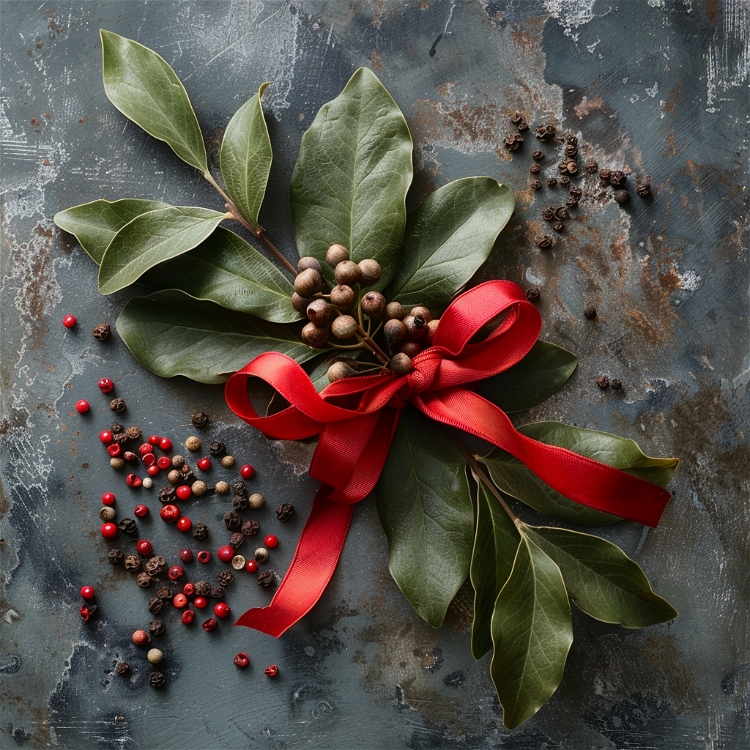🔥 FREE Shipping on All Polish Shirt Store Vendor Products! 🔥
🎁 Heads up! Carriers are already experiencing delays, and packages are taking longer to arrive.
📦 Christmas Delivery Cutoff: December 6th! 🎁
🔥 FREE Shipping on All Polish Shirt Store Vendor Products! 🔥
🎁 Heads up! Carriers are already experiencing delays, and packages are taking longer to arrive.
📦 Christmas Delivery Cutoff: December 6th! 🎁
By State
Butter Lamb Polish Easter Tradition

Polish Butter Lambs Easter Tradition
When it comes to Easter traditions, one that stands out as both unique and adorable is the Polish Butter Lamb. This beloved symbol, also known as the "Lamb of God," is a beautiful representation of the religious significance of Easter. With its red ribbon and peppercorn eyes, the butter lamb holds a special place on the Easter table, reminding us of the sacrifice of Jesus and symbolizing the blood of Christ.
What Is A Butter Lamb?
A butter lamb is precisely what it sounds like - a lamb made out of butter! This centuries-old tradition originated in Poland and passed down from generation to generation. Creating a butter lamb involves shaping a stick of butter into the form of a lamb. The butter is often molded using a specialized butter mold, but it can also be shaped by hand.
During Polish Easter celebrations, butter lambs are prominently displayed on the Easter table, sometimes as part of elaborately decorated Easter baskets. They are carefully adorned with a red ribbon around their neck and often have peppercorns as their eyes.
History of the Butter Lamb Tradition
The tradition of the butter lamb dates back to ancient times in Poland. The lamb is significant in Polish culture, symbolizing innocence, purity, and sacrifice. In Christianity, the lamb is also seen as a representation of Jesus, often called the "Lamb of God."
One of the earliest known references to the butter lamb tradition comes from the book "Zywoty Swietych" (Lives of the Saints), written by Jakub Malczewski in the late 18th century. Malczewski's book described the tradition of making butter lambs, emphasizing their importance in Polish Easter celebrations.
Butter Lamb Shape
When making a butter lamb, it is essential to shape it in the form of a lamb. This attention to detail is what makes the butter lamb such a beloved tradition. The lamb's body is molded to resemble the figure of a little lamb, with its cute and innocent appearance adding to the charm of the tradition.
Traditionally, the butter lamb is made using a stick of butter, which is softened and then carefully carved into the shape of a lamb. The soft and smooth texture of the butter lends itself beautifully to the creation of intricate details, such as the lamb's woolly coat and tiny hooves.
Malczewski's Butter Lambs
One of the most well-known names associated with the butter lamb tradition is Jakub Malczewski. Known as the "father of the butter lambs," Malczewski dedicated his life to perfecting the art of creating these delightful butter sculptures.
Malczewski's butter lambs have become iconic and are highly sought after during Easter. They are intricately carved and possess a level of craftsmanship that is unmatched. With their attention to detail, Malczewski's Butter Lambs truly bring the spirit of Easter alive.
Butter Lamb For Easter
While the butter lamb is undeniably a charming addition to any Easter table, it carries deeper symbolism with it. The lamb represents Jesus, the "Lamb of God," who sacrificed his life for the redemption of humanity.
The red ribbon around the butter lamb's neck symbolizes the blood of Christ, reminding us of the ultimate sacrifice made on the cross. It serves as a powerful reminder of the significance of Easter and the hope it brings to believers.
In addition to its religious symbolism, the butter lamb also embodies the spirit of Easter, which is characterized by new beginnings, love, and joy. Its presence on the Easter table is a joyful expression of faith and a celebration of the resurrection of Jesus.
How To Make A Butter Lamb
If you're feeling inspired to add a butter lamb to your Easter celebrations, don't worry - making one is easier than it may seem! All you need is a stick of softened butter, a butter mold (if available), and a few simple tools. If you want a butter lamb mold, check out the Polish Art Center in Michigan. They carry a Butter Lamb Mold we purchased and have used numerous times!
Start by molding the softened butter into the shape of a lamb. You can use your hands to shape it or press it into a butter mold for a more defined shape. Pay attention to the details, such as the lamb's body, head, and legs.
Once you have shaped the butter into a lamb, delicately tie a red ribbon around its neck. This will add the traditional touch and symbolize the blood of Christ. Finally, place two peppercorns on the lamb's face to create its eyes.
Your butter lamb is now ready to take center stage on your Easter table. Its presence will not only add a touch of whimsy but also serve as a reminder of the rich religious meaning behind the Easter celebrations.
Conclusion
The Polish Butter Lamb is a cherished Easter tradition that brings together artistry, religious symbolism, and whimsy. From its humble beginnings to the intricately crafted creations of Jakub Malczewski, the butter lamb continues to capture hearts and add a touch of charm to Easter celebrations.
Whether you choose to make a butter lamb yourself or simply admire the adorable sculptures on display at the Broadway Market in Poland, the butter lamb is sure to evoke feelings of joy, faith, and reflection.
So, this Easter, consider incorporating the butter lamb into your festivities. Let this delightful tradition remind you of the sacrifice of Jesus and the hope that Easter brings. May your Easter be filled with love, joy, and buttery goodness!
Q: What is the Butter Lamb Polish Easter Tradition?
A: The Butter Lamb Polish Easter Tradition is a beloved Easter tradition in Eastern Europe, particularly among Catholic immigrants. It involves shaping butter into the form of a lamb using a special mold or by hand.
Q: Who is known for making the Malczewski butter lambs?
A: Dorothy Malczewski is famous for making the Malczewski butter lambs, which are highly sought after by those looking to continue this Easter tradition in their own homes.
Q: Where can I buy a butter lamb?
A: If you're looking to buy a butter lamb, you can find them at various locations that specialize in seasonal butter sculptures. They are also available for purchase online.
Q: What is the significance of the butter lamb in the Easter tradition?
A: The butter lamb is a symbol of the Easter season. It represents the sacrificial lamb and is often displayed on the table every Easter to celebrate the resurrection of Jesus Christ.
Q: How are the butter lambs made?
A: The butter lambs are made by shaping butter into the form of a lamb. This can be done using a mold specifically designed for this purpose or by hand sculpting the butter into the desired shape.
Q: Can I make my own butter lamb at home?
A: Yes, you can make your own butter lamb at home. You will need a mold or the skills to shape the butter by hand. There are also tutorials available online to guide you through the process.
Q: What materials are used to make the fur and other details on the butter lamb?
A: To create the fur and other details on the butter lamb, excess butter can be used and shaped to resemble the desired texture. Some people also use a ribbon around the neck to enhance the visual appeal.
Q: Why are cloves used for the eyes on the butter lamb?
A: Cloves are often used for the eyes on the butter lamb because they add a touch of authenticity and can be easily inserted into the soft butter to create realistic-looking eyes.
Q: Are butter lambs specific to Polish Easter traditions?
A: While butter lambs are commonly associated with Polish Easter traditions, they are also seen in other Eastern European countries. This adorable Easter tradition has gained popularity among people of various cultural backgrounds.
Q: Why is the butter lamb considered a staple of Easter celebrations?
A: The butter lamb is considered a staple of Easter celebrations because it serves as a visual reminder of the symbolism associated with the Easter season. It adds a touch of tradition and joy to the table every Easter.
Polish Butter Lamb Recipe
Rated 5.0 stars by 2 users
Category
MISC
Cuisine
Polish
Prep Time
1-2 hour
Calories
100
Finding Polish butter lambs in stores is not a difficult mission - most Polish delis, some US supermarkets, and online shops will carry those at Easter. There is even a famous Polish butter lamb producer called Malczewski’s Butter Lambs (and probably many more), which can help you get your hands on this beautiful decoration.
Yet we encourage you to try and make homemade butter lamb a try. In case you don’t get your hands on a wooden Polish butter lamb mold, which does make things easier, you can always play with butter as if it were clay - or PlayDoh.

Ingredients
-
Butter lamb mold
-
Approximately 100 grams of butter, shaped to fit the mold
-
Decorations of your choice, such as leaves, peppercorns or seeds, and a red ribbon.
Directions
Let the butter sit at room temperature until it becomes soft and easy to mold.

Insert the butter into the mold and press down firmly to form the shape of a lamb.
Remove the molded butter from the mold and place it on a easy-to-clean surface, such as baking paper.
Decorate and display the butter lamb with decorations of your choice. Be sure to position it far away from any heat sources.

Recipe Note
Do you already have a butter lamb for Easter, or would you like to start the tradition now that you know how to make it? Regardless, we encourage you to embrace your own butter lamb tradition.
1 Response
Leave a comment
Comments will be approved before showing up.
Recent Articles
-
Say Happy Birthday in Polish: Sto Lat & 5 More Birthday Wishes
September 24, 2025
-
Faworki Recipe (Chrusciki or Polish Angel Wings)
February 19, 2025
-
Solidarnosc Candied Plums in Dark Chocolate Review
November 14, 2024
-
Uncover the Thrilling Wonders of Zakopane
February 08, 2024
-
Looney Pruney Organic Pitted Dried Prunes Review
February 01, 2024

Pat
March 16, 2023
Trying to find paper flags for lamb butter mold